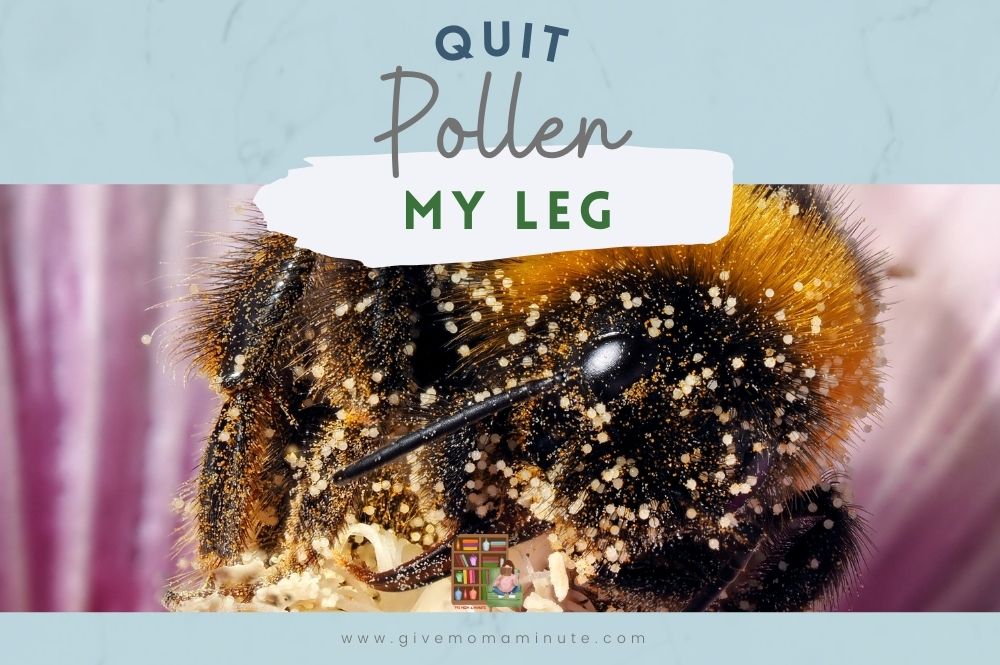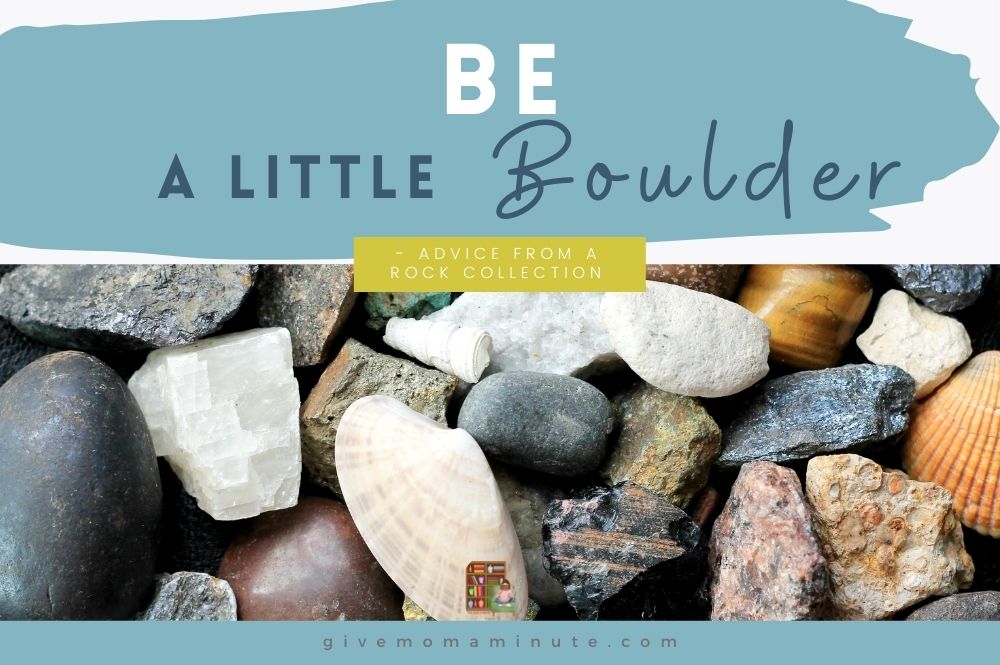This post may contain affiliate links which means I receive a small commission at no cost to you when you make a purchase. As an Amazon Associate, I earn from qualifying purchases.
If you’ve been in the homeschool world for more than a hot minute, you have undoubtedly heard the term nature study. Now that the weather is turning a bit warmer you might be wondering how to implement nature study into your secular homeschool experience. In this post, I’ll explain what nature study is AND give you a few nature study ideas for spring. The world is amazing – let’s go learn!

Nature Study Ideas for Spring
Spring is a tremendous time for nature study because things are changing at a rapid pace, the landscape and animals will look different from day to day. (be warned – I’ll tell you every season is a wonderful time for nature study! ;)) Depending on your climate and geographic location, you might see different bits of nature than me. However, these nature study ideas for spring should give you a good place to start no matter your location.
Charlotte Mason Method
Nature Study in homeschool curriculum is the practical study of plants, animals and the natural world. As the popularity of Charlotte Mason philosophies grew, so did the popularity of nature study. Observing and recording what you see in nature is the foundation of scientific study.
The Charlotte Mason method of nature study is to be outdoors as much as possible and to sketch what you observe. When i tried to do this with my kids, I was trying to follow the “rules” and make sure I was doing it “right”. As my dad always says, though, with failure, comes wisdom. These days nature study in my house is not super structured, but we have still managed to develop a real interest and attentiveness to the world around us.
I tell you this so you don’t worry about doing it “right”. The foundation of nature study is to observe and pay attention to the small details in the world around us. Changing colors. Migrating animals. Parts of a flower. Insects under a rock. If your kids like to sketch and draw then this can be a regular part of your secular homeschool curriculum. If not, though, it’s okay because there are plenty of other nature study ideas.

Spring Is In the Air
Whether you live in an urban or rural setting, there is always something to observe, sketch and record in the spring. I’ll go into more detail with each topic below but in general you will want to have binoculars, watercolor pencils, sketch pad, drawing pencils, field guides for your local flora and fauna, as well as basic school supplies.( If you got the lab kit to go with Real Science Odyssey Life then you will have a lot of fun tools to supplement your nature study, too!)
How to Use Nature Study as a Part of Your Secular Homeschool
I would guess that most of you do nature study somewhat….well, naturally. And then when it becomes a part of the curriculum we can get kind of caught up in whether or not we are doing it “like we’re supposed to”. (or is that just me?)
To keep it simple, I suggest implementing nature study in one of 3 ways. First, you can just have a total free-for-all by interacting and discussing what you see in nature as it comes to you. You aren’t following a certain plan. The second way is by focusing on one location or ecosystem. For example, you might take a field trip to the same hiking trail every couple of months and document the changes you see. The third way is to focus on nature study by topics. You might want to learn everything you can about butterflies, roly polies, or mushrooms, for example.

Nature Study Activities
Here’s a giant list of spring ideas for your homeschool nature study. Just remember a lot of these can work for both location specific and topic specific, so be flexible!
One other note – Charlotte Mason lived in the 1800s and would probably roll over in her grave at the thought of YouTube or TikTok. Let your kids experiment with nature and technology if they are interested. They could make stop motion films, a vlog, a musical album all inspired by nature. All of these nature study activities for spring can be sketched and documented in traditional ways, but don’t be afraid to let your kids’ creativity go a bit wild (pun intended).
- Plant a garden.
- Look at different types of soils. What is important for plants to grow?
- Use a magnifying glass to study roly polies, grubs, worms, soil, etc.
- Dissect seeds to learn the difference between monocots and dicots. (Real Science Odyssey Life curriculum has a great unit on this!)
- Look for old seed pods. If you didn’t do the garden clean up in the fall (why are you looking at me?) you might find some old seed pods or flower heads. Dissect them or teach your kids about seed collection.
- Collect items from nature and use them to make an artistic collage. Just make sure they are all dried first.
- Press flowers in a heavy book to dry them. Once they are dry, set them in a picture frame or attach them in your nature journal with scientific labels for the plant parts.
- Watch a bumble bee with legs full of pollen. Explore the process of pollination.

- Collect different types of seeds from trees. How are they disseminated? Do they depend on animals to carry the seeds away? Wind to blow them away? Other methods?
- Dissect a flower – lilies work well for this.
- Make a temperature blanket if you know how to crochet or knit. Otherwise, replicate this idea on a kid-friendly paper. Every temperature range has a different color and you color in one line every day for a year. At the end of the year you will visually see weather patterns from the past year.
- Follow an animal trail through a park or pasture. Why is the path so worn? What obstacles were in the way that made the animals choose that direction?
- Start a rock collection. Sketch and identify rock structures in your nature journal or sketchbook.
- Identify animals from the scat you find. What do you think the animal ate?
- Dissect an owl pellet.

- Turn over a rock or old rotten log. What animals do you see? Sketch this micro-ecosystem.
- Cover a leaf on a tree with black black paper. Check it 7 days later and sketch what you notice. It should be pale. Remove the paper and then check on it again in 7 days. It should be green again. Use this to learn about photosynthesis.
- Throw a leaf or stick off a walking bridge into a creek (safety first, obviously), and follow the pattern of water.
- Find out what wild plants in your area are edible. Usually the local extension office can help you. There might be mushrooms, herbs, flowers, etc.
- Collect shells from a beach and find their scientific names. What types of creatures called them home?
- Look at snowflakes under a microscope if you can. (yes, I know it is supposed to be spring but you know how Mother Nature is.)
- Learn about the types of clouds. Can you predict the weather?

- Make jewelry from your nature finds.
- Learn how to make daisy chains.
- Start a birdwatching log and document the types of birds you see.
- Find out what types of migratory birds you have in your area.
- Make a windsock to measure the direction or strength of the wind.
- Create a small shelter out of sticks. Bonus points if it is solid enough to keep you dry in a rainstorm. (If the weather is warm, it’s perfectly ok for mom to be in the rainstorm with a hose or a bucket of water. Your kids will be laughing for days.)
- Learn how to whistle with a cottonwood leaf. Are there other instruments you could make from items in nature?
- Study the wrongly accused dandelion. Is it really a weed? What’s the history? Research all the ways dandelions can be used in food and medicine.

- Study a compost pile.
- Stay up late and let your kids document the phases of the moon for a month.
- Learn about ducks. Is it really safe to give them bread?
- Find a shallow creek that is clean and safe and let your kids spend the afternoon damming it or making different streams. They can use rocks or bark.
- Make boats out of bark and float them down the creek.
- Collect cicada shells and learn about the cicada life cycle. Record the sound if you can.
- Catch a few lightning bugs in a jar and then let them go.
- Hunt for nightcrawlers.
- Observe ants carrying huge crumbs to their homes. Start an ant farm.
- Plant dill, milkweed or other butterfly friendly plants in your garden if you can. If you get lucky and live in the right area you might find swallowtail caterpillars on your dill. You can observe these every day and sketch the changes.
- Learn about the life cycle and migratory patterns of butterflies.
- Create palettes of colors you find in nature
If you make nature study a regular part of your homeschool experience your kids will quickly be coming up with new and inventive ways of interacting with nature. The details they notice will surprise you. Soon they will be making connections between animals, plants, weather, rocks, and the world around them with ease.
It’s a big world out there – go explore it!




Great post- I can’t wait to try some of these ideas with my kids!
Thank you so much for stopping by!
Pingback: Best YouTube Channels for Homeschool - Give Mom a Minute